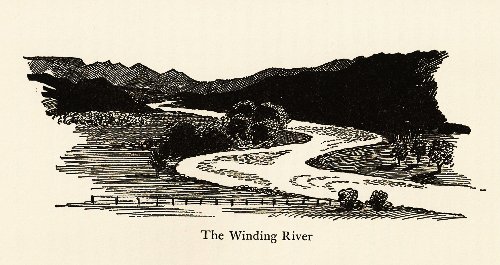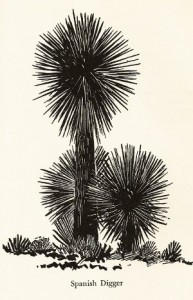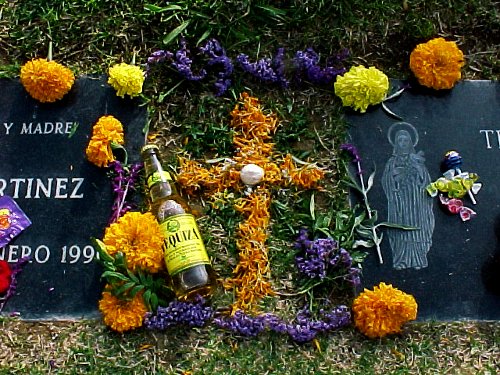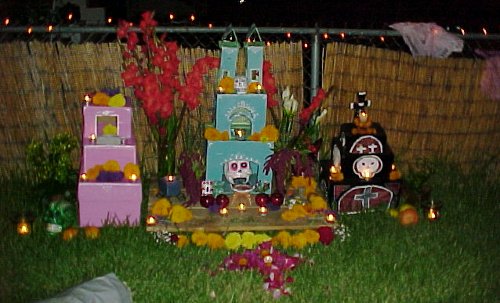
Through the efforts of helpful genealogists and far removed cousins on the Tellez side of my family, I’ve come to discover some of the geographic roots of my family. I’ve known for awhile my family had a long history in the Southwest, mostly in southern New Mexico and Arizona but I didn’t know my family was one of the first to move to the northern territories, then known as New Mexico. There are records that show early relatives living in El Paso del Norte as early as the 1700s. At one time, El Paso was part of New Mexico but eventually was annexed by Texas. I became curious about the history of the area and came across a book called Rio Grande, a very subjective historical look at the regions surrounding the Rio Grande (Rio Bravo). There’s lots of references to “peasants” “savages” and other language that is now unacceptable in the book’s many anecdotal passages. Despite the writer’s old school perspectives, he is quite honest when describing historical vignettes, such as this short excerpt on the story of Socorro, New Mexico.
———————————————————
After the war with Mexico, Texas claimed the Rio Grande as it’s eastern boundary, Socorro was just over the river, safely on New Mexican soil, but it was a focal point for westward-drifting Texans. These early Texans were hard men, fighting men, and they hated Mexicans. A few brave words about the Alamo and Davy Crockett would work any Texan into a Mexican killing-mood. The Texans came with came armed with “head rights” which were bits of paper issued by the government of Texas to veterans of its wars and other settlers, entitling the holder to any quarter section of Texas land not already occupied. Head rights were brought and sold and were practically currency.
…They [Mexicans] had a certain skill with knives but they were helpless before these men with six shooters on their hips. It was a part of the Texan tradition that all Mexicans were cowards but in fact the westering Texans were an armed invasion of an unarmed community. It was one of those gradual and unrecorded movements that work more change than formal wars and often spill more blood.
The Texans were not empowered to take occupied lands but Mexicans did not count with them as occupants. They took lands that had been supporting families in undisputed possession for a century. Murder and bluff were their methods and the short and deadly six shooter was their only attorney. The Texans were all cattlemen. They came driving their herds of longhorns before them. The Mexicans were shepherds and sheep were driven off the range wherever the cattle went. Whole herds were stampeded over cliffs and killed. Sheep-herders were terrorized or killed. It was a favorite device to surround a sheep camp at night and shoot into its cooking fire as a gentle intimation to move on.
…Many Mexicans gave up their homes and migrated. The town of Dona Ana was spotted with Texas head rights and filled with belligerent Texans. Sixty of the inhabitants packed up their goods and led by Don Rafael Ruelas, their ruling rico, departed to find new homes in Old Mexico.
—excerpt from the book Rio Grande by Harvey Fergusson, William Morrow and Company, New York, 1955.
————————————————————————














